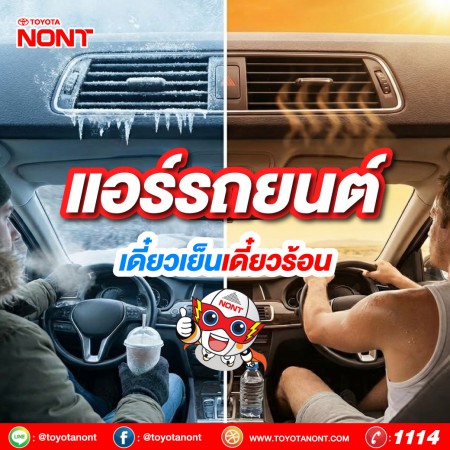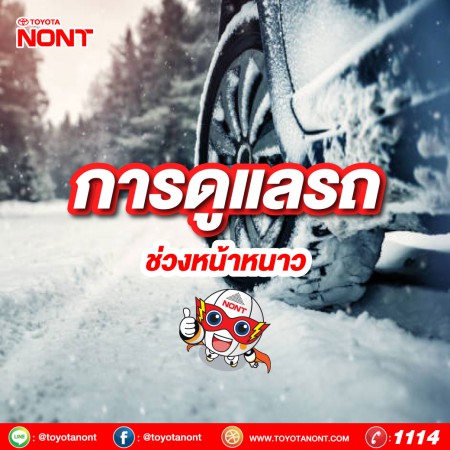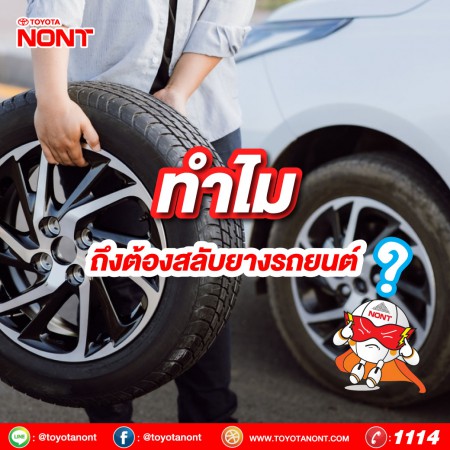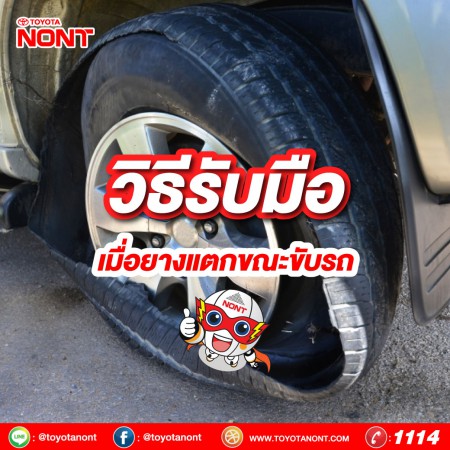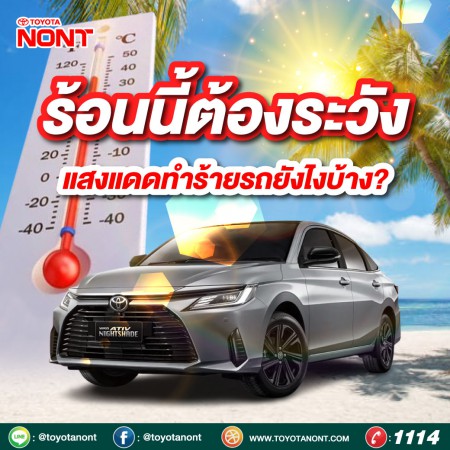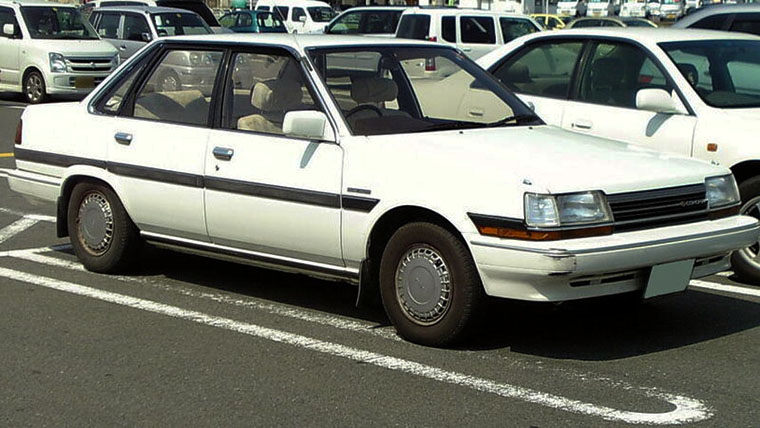

Toyota Corona part 2
T100, T110, T120 Series
August 31, 1973 saw the introduction of the Corona T100-Series, which continued to be built as a two-door or four-door sedans, a two-door hardtop coupé (T110 chassis codes) and as a four-door station wagon (marketed as a van for commercial use in Japan). Engines were 1.6 and 2.0 litres SOHC. In North America, the 20R 2.2 litre engine was used. The high performance 2000 GT Sedan and Hardtop Coupé with 18R-G twin cam engine were only offered in Japan. The two-speed automatic was no longer offered. The face lift revised the hood and grille, and enlarged the tail lights. The station wagon featured optional wood panel body claddings. North American models had longer bumpers (hiding recoverable bumper shocks) to meet local 5 mph (8.0 km/h) impact standards; they gained standard radial tires in 1975. Side door impact upgrades were installed in all doors. This series also saw the standard (on some models) Electro Sensor Panel which monitored fluid and bulb status. As with earlier Coronas, some models had a shifter mounted on the steering column. Sales of the Corona continued to grow as a result of the 1973 oil crisis. The two-door hardtop continued, with trim levels 1600GL, 1800SR and the 2000SR, with the coupé proving popular in the USA but more popular yet in Japan.
The Corona saw a new competitors in both Japan, Europe and the USA from the Honda Accord in 1976, and the Subaru DL in 1974. The advantage the Honda and Subaru had over the Corona was that both vehicles were front wheel drive, while the Corona was rear wheel drive. In response to Honda's CVCC emissions, Toyota introduced "TTC-C" and "TTC-V" with a catalyst system. In Japan, the 12R-U engine was designed to run on LPG for taxi usage, starting in October 1975. The 18R-E engine with fuel injection that was used in the 2000SL and 2000SR discontinued production due to emission issues. In November 1975, the 1800 saw the removal of the twin carburetors due to emission regulations, which meant the discontinuation of the 1800SR coupé. June 1976 saw the installation of a catalyst system included with the TTC-C system.
January 1977 saw a minor appearance change to both the interior and exterior, with a revised grille.
New Zealand assembly began with 1.6 OHV, three-speed manual column shift and bench front seat and 1.8 litre 16R OHC four-speed manual bucket front seat options. Later, the 18R 2.0 litre OHC engine replaced the 1.8 and was also offered with a three-speed automatic, the first auto Corona in NZ. Australian models had the 18R from the start.
In 1978, for Japan only, the T100/110 series was given a mild facelift to resemble the T130 and then sold alongside the T130 series as the T120.
T130 series
Introduced in Japan in September 1978, the T130 series Corona adopted a boxier design over the outgoing T100/110/120 series. It maintained the standard front engine / rear wheel drive layout of all Coronas that preceded it. The T130 series was available in a wide range of body styles across various markets including a four-door Sedan, two-door hardtop coupe, four door wagon and new five-door liftback, which featured a 40:60 split fold rear seat. The assignment of "T130" to all Corona bodystyles signified a new approach, instead of a different series number identifyer for different bodystyles.
All models featured Macpherson strut independent front suspension as well as a 4-link trailing arm rear suspension arrangement with a Panhard rod. Disc brakes were fitted as standard equipment on the front of all models. Rear disc brakes were fitted as standard on the 2000GT and 2000SL, which were not available to all international markets. Other models were fitted with rear drum brakes.
The T130 was the last Corona to be marketed in the USA. It was offered as a sedan, wagon, or liftback with either Base or LE equipment. In North America, the Corona was replaced for the 1983 model year by the similarly sized but front wheel drive Camry sedan and five-door hatchback. Since then, the Camry has grown a size larger than the Corona and its sportier Carina sister car.
The T130 series was manufactured with a wide range of engine and transmission combinations. 1.6 litre 12R, 2T (and associated 12T) and 2.0 litre 18R engines are the most common. Amongst other minors change, the 1.8 litre 3T / 13T engine was added in 1981 to replace the 1.6 litre 2T / 12T. The North American Corona shared the 2.2 litre 20R engine with the Celica. Emission regulations passed in 1978 were applied across the range of models offered. The 1.8L engine was equipped with electronic fuel injection as well as the 2.0L engine. In Japan the venerable 2.0L 18R-G was offered in the range-topping 2000GT, developing 101 kW (135 hp) at 5800 rpm
Toyota Australia manufactured sedans and wagons using 1.9 L Holden Starfire engines, badged in Toyota engine terminology as the 1X, coupled with a 4 speed or optional 5 speed Borg-Warner 505. Toyota Australia also imported 4 door sedans and 5 door liftbacks fitted with a 2.0 litre 18R engine for the upmarket range.
New Zealand assembly started with the 1.6 litre OHV 12R engine and three-speed manual transmission with bench front seat, and 1.8 litre 3T with a four-speed manual or three-speed automatic. The 1.6 was soon changed to the newer 2T engine, coupled with a four-speed manual and bucket front seats. Later in the run, Toyota NZ added a locally assembled Liftback version with the 1.8 litre engine and manual or automatic transmission. These models also had a standard radio and separate cassette deck - both were rare factory fittings in the country at the time.
Production of the T130 ended in 1982, to be replaced by the new, modern T140 series.
T140 series
The longest running Corona T140 series appeared as a rear wheel drive sedan, coupé or wagon which began production in Jan 1982[4] and continued manufacture by Toyota Australia until 1987, by which time the T150 series had already been released. The T140 series was also brought out in a diesel/LPG powered, high-roofed taxicab version which was particularly popular in Hong Kong, Macau, and Singapore.
Starting with this generation series, the Toyota Carina platform was altered from its original Toyota Celica beginnings to the Corona platform. The Corona remained exclusive to Japanese dealerships Toyopet Store, and the Carina continued to be sold new only at Toyota Store locations in conjunction to the larger Toyota Crown.
1982
1600 Standard, DX, GL, SL 4dr sedan, 2dr hardtop, 4dr liftback coupé (standard only sedan) 88 hp (12T-U) rigid rear axle 4 speed gearbox (SL 5 speed) brakes: front disc, rear drum 1800 DX, GL, CX, LX, SL 4dr sedan, 2dr hardtop, 4dr liftback coupé 95 hp (13T-U) rigid rear axle 5 speed gearbox brakes: front disc, rear drum 1800 EFI SL, EFI SX 4dr sedan, 2dr hardtop, 4dr liftback coupé 105 hp (3T-EU) rigid rear axle with anti-roll bar 5 speed gearbox brakes: front disc, rear disc 2000 CX 4dr sedan, 2dr hardtop, 4dr liftback coupe 105 hp (21R-U) rigid rear axle with anti-roll bar 5 speed gearbox brakes: front disc, rear disc 2000 GT II, GT 4dr sedan, 2dr hardtop, 4dr liftback coupé 135 hp (18R-GEU) rigid rear axle with anti-roll bar 5 speed gearbox brakes: front disc, rear disc
European export versions received the 2T (1,588 cc) four-cylinder, with 75 PS (55 kW) DIN. There was also an 86 PS (63 kW) 1.8 litre engine, as well as the 1.8 liter 1C diesel unit, with a claimed 58 PS (43 kW) DIN.[21] The T140 Corona was not exported in large numbers to Europe, as most importers focused on the slightly smaller Carina and then the front-wheel drive T150-series cars.
1983 onwards
Standard, DX, GX 4dr sedans 83 hp (3A-U) GX, EX 4dr sedan/2dr hardtop 100 hp (1S-U) GT 4dr sedan/2dr hardtop 130 hp (4A-GE) GT-T, GT-TR 4dr sedan/2dr hardtop 160 hp (3T-GTEU)
For the Australian market, there were two models sold between 1983 and 1987: the ST141 with a 2.0-litre 2S-C and the RT142, fitted with a 2.4-litre fuel-injected 22R-E. Both models were available in either sedan or wagon body styles. Lower trim level vehicles such as the "S" and "CS" were fitted standard with a four-speed manual transmission (optional five-speed manual and 3- or 4-speed automatic). The higher trim levels were the "CSX" and "Avante" models, the latter not released until 1984. Toyota Australia introduced a facelift in 1985. This included the addition of the "Avante" grille insert on the lower-specification models, new wheels trims on all versions, and revised tail lamp lenses. The pre-facelift models can be identified by tail lamps with dual black horizontal lines engraved along the base. The facelift models received lenses with a single, more subtle, horizontal line intersecting across the centre of the tail lights.
For the Japanese market only, the five-door wagon (called "Van") was available with a 1.5-litre 5K-J petrol engine, a 1.6-litre 12T-J petrol engine or a 1.8-litre 1C diesel engine. The petrol engines had either a 4-speed manual or a 3-speed automatic gearbox but the diesel engine had a 5-speed manual gearbox. Some wagons had five doors but no rear seat. After the late 1985 introduction of the T160 Corona Coupé, the rear-wheel drive coupé was discontinued. The sedan range was gradually whittled down and by May 1986 only the 1.5 and 1.8 (3A-U, 1S-U) remained, along with a 1.5 Van (KT147V) and a 1.8 Diesel Van. These continued to be available until the December 1987 introduction of the T170-series Corona.
Taxi
The special bodied taxi version was a spinoff of the T140, used specially as taxicabs in Hong Kong, Japan, Macau, Panama and Singapore. It was first introduced with the 1.8-litre 1C diesel engine in January 1982 (CT140). In September an 1.8-litre LPG version (YT140) was added to the lineup. In addition to getting a new rear end and a taller, more upright roof line for a more comfortable rear seat, alterations were also made to the headlights and grille. While based on the T140, the front and rear sections took their design cues from the A60 Carina.[23] In December 1986 the car underwent a light facelift, and the diesel option was upgraded to the 2-litre 2C version (CT141).
The car was not generally sold for private use. After November 1991, the diesel option was no longer available for the Japanese market but was still available for export (e.g. Macau). Production only came to an end in April 1998, generally being replaced by the T130-series Crown (later renamed Comfort). This marked the end of the Corona taxi line.[23] Most countries have since replaced the 140/141-series taxis with newer vehicles - Macau[citation needed] and Pakistan[citation needed] are among the few countries still using it on a regular basis.
T150 series
The eight generation Corona was the Corona FF, sold alongside the more traditional and recently facelifted rear-wheel drive Corona (T140-series). Essentially a shortened version of the Camry, this was part of Toyota's very cautious approach to introducing front-wheel drive vehicles.[24] Toyota returned to a platform naming tradition, assigned to different bodystyles this generation was made available, abandoned in 1978. The Corona FF as introduced in January 1983 was only available with a five-door liftback bodystyle, and only with the carburetted 100 PS (74 kW) 1.8 litre 1S-LU inline-four. In October 1983 a more traditional four-door sedan was added, and the T150 gradually became the main part of the Corona lineup as the T140-series shrank in importance.
Along with the new bodystyle, more engines were also added: a smaller 1.5 litre 3A-LU at the bottom, while the 1.8 was now available with fuel injection (1S-ELU) and 115 PS (85 kW).[25] There was also a two-litre diesel (2C-L) and the carburetted 1.8 was replaced by the central point injected 1S-iLU, with an extra five horsepower. In 1984, this chassis was also used as the basis for a new, front-wheel drive version of the Carina sedan.
In August 1985 the Corona underwent a small change, largely consisting of new, bigger taillights. Also new was the related Celica and Carina range. With a more sporting chassis and five-lug wheels (rather than four), this received the new T160 chassis code. This chassis, as well as the twin-cam two-liter 3S-GELU engine with 160 PS (118 kW) (JIS) at 6,400 rpm was used for the new Corona 2.0 GT and GT-R versions.[26] A sporting 1.8 SX-R version (1S-ELU) of the 160-series sedan was also added in late 1985.
T160 series Corona Coupé
When the Celica was realigned from its former Toyota "A" platform and shared the Corona "T" platform, the Celica also shared its new platform with the Corona Coupé, which was identical to the internationally available Celica Coupe, with the only difference being the removal of the retractable headlights.[27][28] This replaced the rear-wheel drive T140 Corona Coupé, leaving only a few vans and sedans in the RWD Corona lineup. The 160-series cars have a somewhat longer wheelbase as well as a wider track, front and rear.[29] The Corona Coupé remained exclusive to Toyopet Store Japanese dealerships, while the Celica remained at Toyota Corolla Store locations. The Corona Coupé was manufactured from 1985 until 1989, when the Corona EXiV took its place.
The Corona Coupé came with three engines; the SOHC 1.8 liter 1S-iLU and two twin-cams, the 1.6 liter 4A-GELU or the 2 liter 3S-GELU. Chassis codes are ST160, AT160, and ST162. In May 1988 the 1.8 liter engine was replaced by the twin-cam 4S-FiLU.
Export markets
The Corona was eventually dropped in Australia in favor of the larger Camry, but in New Zealand, Toyota continued to offer versions of the Corona, assembled locally at Toyota's plant in Thames, New Zealand. With suspension fettled by racer Chris Amon, the New Zealand Coronas had carburetted 1.8s or a fuel injected 2 liter engine.[30] Later, Toyota New Zealand followed Australia's lead and dropped the Corona, instead marketing the Australian-built Camry as its offering in the mid-size segment of the market. In many markets (New Zealand, Southeast Asia, Latin America) the T150 Corona was also available with 2.0 liter engines.
Toyota's large family car lineup in Europe was quite confusing when looking over the past 25 years. The 1970 through 1983 Carina sister models had been sold in most of Europe, but in 1984 they were replaced with the "Carina II" — which was really the 1983 model Corona as sold in Japan with alterations to the headlights, grille and trim.



